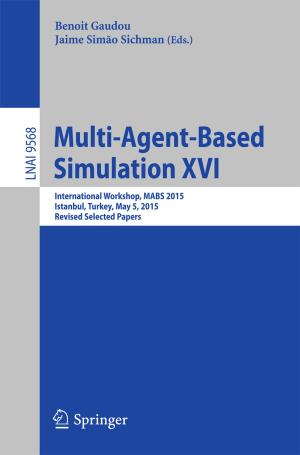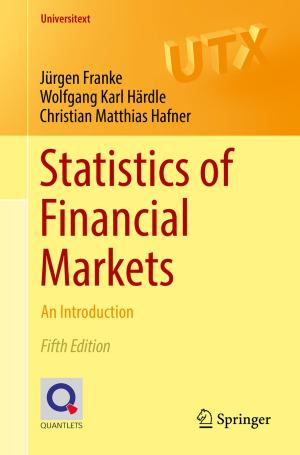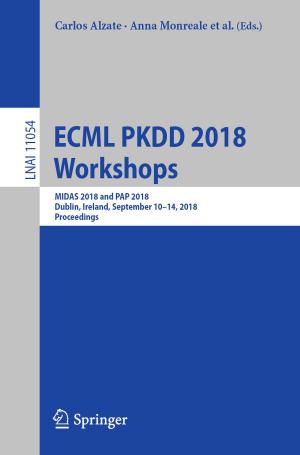Foodborne Pathogens
Virulence Factors and Host Susceptibility
Nonfiction, Science & Nature, Science, Biological Sciences, Microbiology, Technology, Food Industry & Science| Author: | ISBN: | 9783319568362 | |
| Publisher: | Springer International Publishing | Publication: | June 14, 2017 |
| Imprint: | Springer | Language: | English |
| Author: | |
| ISBN: | 9783319568362 |
| Publisher: | Springer International Publishing |
| Publication: | June 14, 2017 |
| Imprint: | Springer |
| Language: | English |
Foodborne illnesses continue to be a major public health concern. All members of a particular bacterial genera (e.g., Salmonella, Campylobacter) or species (e.g., Listeria monocytogenes, Cronobacter sakazakii) are often treated by public health and regulatory agencies as being equally pathogenic; however, this is not necessarily true and is an overly conservative approach to ensuring the safety of foods. Even within species, virulence factors vary to the point that some isolates may be highly virulent, whereas others may rarely, if ever, cause disease in humans. Hence, many food safety scientists have concluded that a more appropriate characterization of bacterial isolates for public health purposes could be by virotyping, i.e., typing food-associated bacteria on the basis of their virulence factors. The book is divided into two sections. Section I, “Foodborne Pathogens and Virulence Factors,” hones in on specific virulence factors of foodborne pathogens and the role they play in regulatory requirements, recalls, and foodborne illness. The oft-held paradigm that all pathogenic strains are equally virulent is untrue. Thus, we will examine variability in virulence between strains such as Listeria, Salmonella, Campylobacter, Cronobacter, etc. This section also examines known factors capable of inducing greater virulence in foodborne pathogens. Section II, “Foodborne Pathogens, Host Susceptibility, and Infectious Dose” , covers the ability of a pathogen to invade a human host based on numerous extraneous factors relative to the host and the environment. Some of these factors include host age, immune status, genetic makeup, infectious dose, food composition and probiotics. Readers of this book will come away with a better understanding of foodborne bacterial pathogen virulence factors and pathogenicity, and host factors that predict the severity of disease in humans.
Foodborne illnesses continue to be a major public health concern. All members of a particular bacterial genera (e.g., Salmonella, Campylobacter) or species (e.g., Listeria monocytogenes, Cronobacter sakazakii) are often treated by public health and regulatory agencies as being equally pathogenic; however, this is not necessarily true and is an overly conservative approach to ensuring the safety of foods. Even within species, virulence factors vary to the point that some isolates may be highly virulent, whereas others may rarely, if ever, cause disease in humans. Hence, many food safety scientists have concluded that a more appropriate characterization of bacterial isolates for public health purposes could be by virotyping, i.e., typing food-associated bacteria on the basis of their virulence factors. The book is divided into two sections. Section I, “Foodborne Pathogens and Virulence Factors,” hones in on specific virulence factors of foodborne pathogens and the role they play in regulatory requirements, recalls, and foodborne illness. The oft-held paradigm that all pathogenic strains are equally virulent is untrue. Thus, we will examine variability in virulence between strains such as Listeria, Salmonella, Campylobacter, Cronobacter, etc. This section also examines known factors capable of inducing greater virulence in foodborne pathogens. Section II, “Foodborne Pathogens, Host Susceptibility, and Infectious Dose” , covers the ability of a pathogen to invade a human host based on numerous extraneous factors relative to the host and the environment. Some of these factors include host age, immune status, genetic makeup, infectious dose, food composition and probiotics. Readers of this book will come away with a better understanding of foodborne bacterial pathogen virulence factors and pathogenicity, and host factors that predict the severity of disease in humans.















